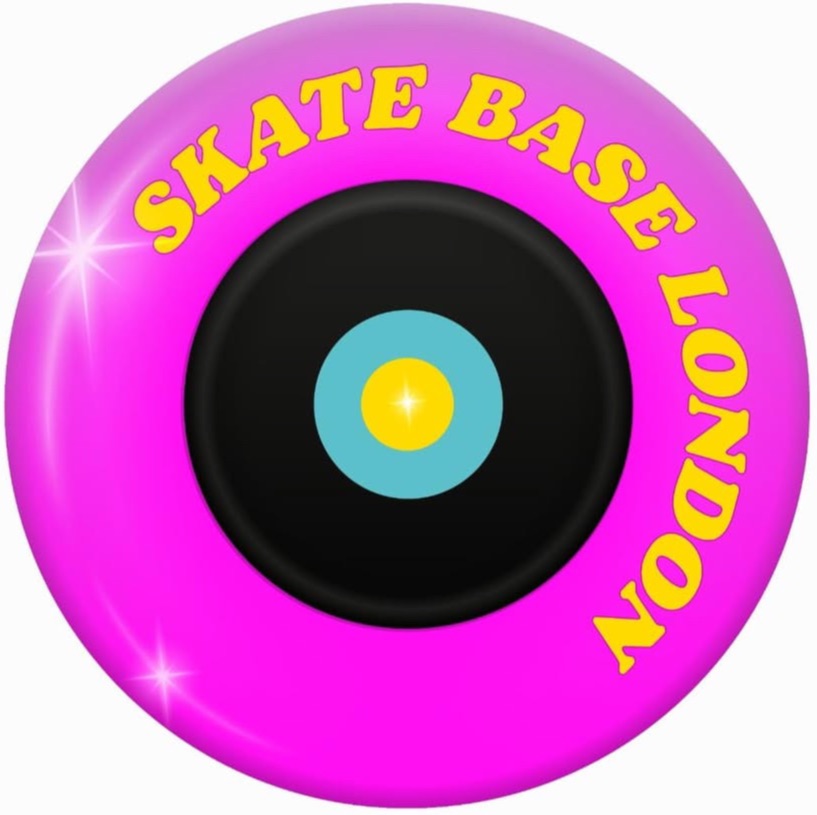
If you’ve been out street skating in the UK recently, you’ve probably noticed a growing trend—Bauer hockey skate conversions are dominating the urban roller skating scene. Bauer hockey skate conversions have become the setup of choice for many of our homegrown street skaters.
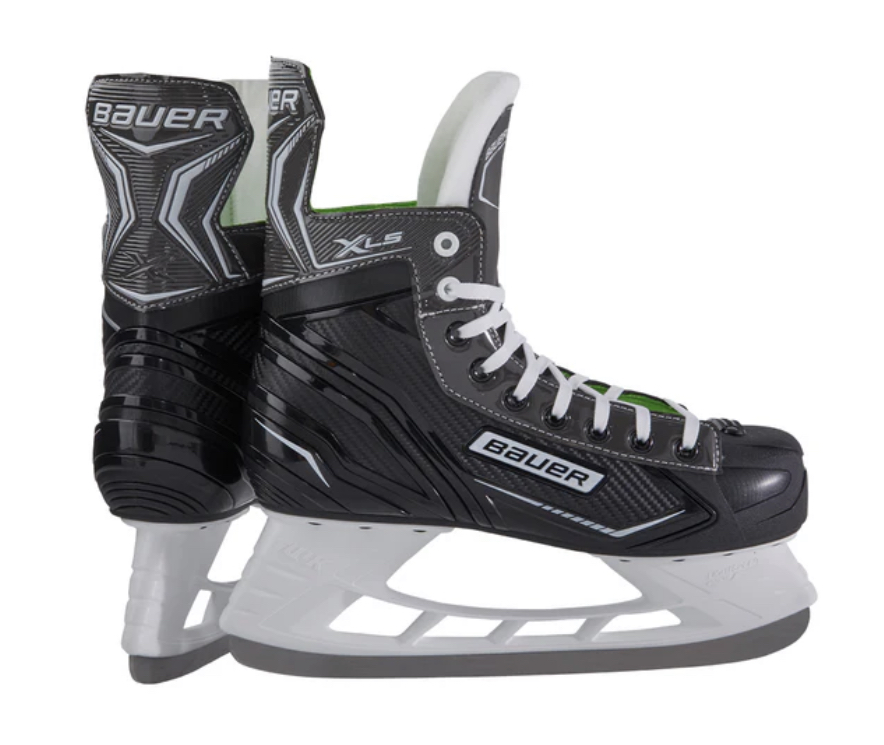
“What’s a hockey skate conversion?” I hear you ask! Hockey skate conversions are what urban street skaters refer to when an ice hockey skate boot plate has been replaced with a quad [or occasionally an inline] roller skate plate. This allows the sturdy ice skating boot to be used to roller skate.
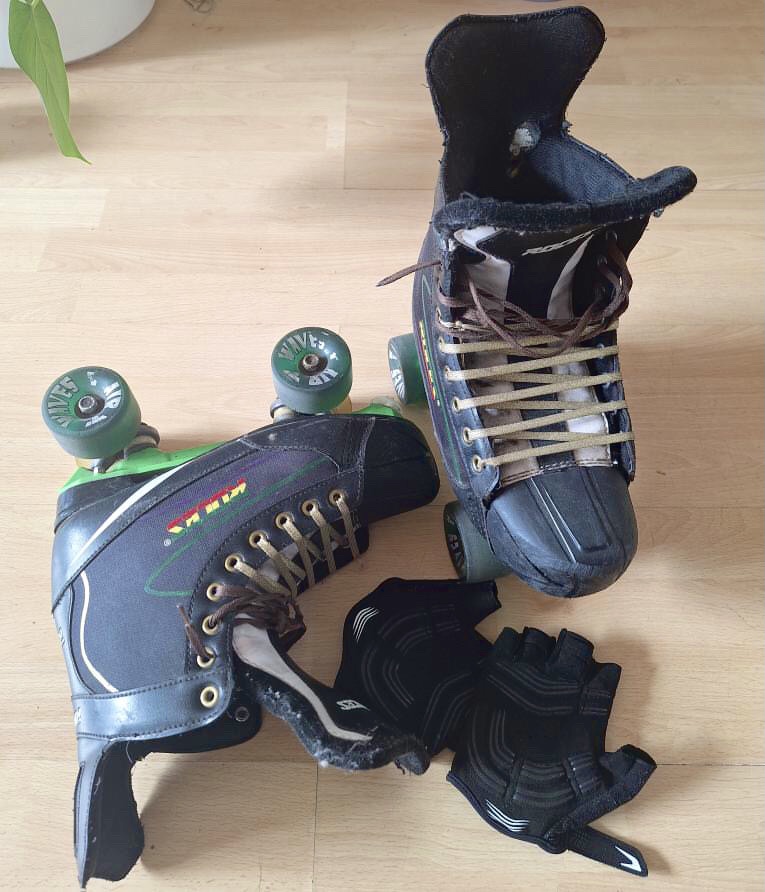
Ice hockey boots offer a nice blend of durability and urban style! This coupled with a set of large soft Airwave wheels adds the grippiness, speed, and finish that our UK Street skaters need for the rough and often unpredictable surfaces of the inner city. This makes navigating the sometimes treacherous pavements and roads way more doable —and fun! But this isn’t a new phenomenon. The roots of hockey skate conversions go back decades, shaping how British skaters roll out today.
The 70s: The Beginning Of Hockey Skate Conversions
The 1970s played a crucial role in shaping urban skate culture. Roller hockey was growing in popularity, and as ice hockey brands like Bauer and CCM refined their boot designs, skaters began to experiment with adapting them for quad setups. Street hockey became a common sight across inner-city UK neighbourhoods, giving rise to the DIY spirit that would later fuel the widespread adoption of hockey boot conversions. By the time the 80s arrived, the foundation was laid for a new era of fast, agile, and aggressive skating.

The 80s & 90s: The Influence Of The First Roller Hockey Skate Conversions
By the late 80s and early 90s, roller hockey was huge in the UK. It was an era of makeshift street games, local leagues, and the unmistakable sound of plastic pucks clattering on the tarmac. Bauer and CCM hockey boots were widely available, and skaters quickly realised that mounting quad skate plates onto these lightweight, high-performance boots created the perfect hybrid skate—offering the manoeuvrability of quads with the wide fit of hockey skates [that allowed your toes the breathing space needed to wear them for extended periods].
For many, these hockey skate conversions were a game-changer. Roller hockey players could take their skates from the rink to the streets, and aggressive street skaters found that these setups gave them the durability and comfort they needed to navigate urban landscapes for hours on end. By the 90s, the trend had taken hold, with hardcore skaters choosing conversions over traditional high-top artistic skate boots.
From the Rinks to the Streets: A Lasting Legacy
Even as roller hockey participation declined in the 2000s, the hockey-skate conversion continued to thrive in underground skating circles. The influence of hockey-style skating was visible in many disciplines—speed skaters, jam skaters, and aggressive park skaters all incorporated elements of the sturdy design that ice and Roller hockey boots offered up.
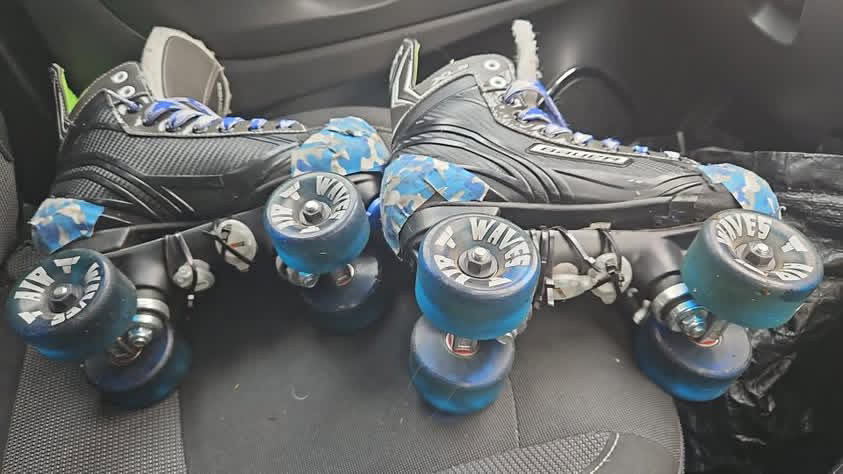
While aggressive inline skating took centre stage for extreme sports in the late 90s and early 2000s, quad skating never disappeared. A dedicated group of UK street skaters continued modifying hockey boots, using them for their urban street and freestyles of skating. There was creativity in converting your boots [or having them converted on your behalf]. They would often be personalised with a unique urban look, one that was unique to [and usually reflective of] the skater in some kind of way.
The Pandemic Resurgence and Bauer Conversions
The global pandemic once again brought quad skating back into the mainstream, with thousands of people rediscovering the joy and passion for sating. During this revival, many skaters turned to hockey skate conversions as the street skating setup of choice. Bauer boots, in particular, became highly sought after as they were known for their durability, comfort, and ability to withstand the demands of urban skating. Couple these street boots with an extra long skate socks to complete the right urban look.
These converted setups are now stocked in all major skating outlets and seen everywhere—from longstanding roller discos like Rollernation to the self-made skate spots within underground city car parks and industrial estates —where the aesthetic is ‘shabby unique!’ The durability and unique touch-ups reflect the durable, hardcore and unique makeup of the skater. They’ll range from super cute and ghetto fabulous, to being generously held together by heavy-duty Duc Tape. The more hammered the skates appear, the more experienced [and often hardcare] the skater is! Each set of hockey skate conversions has its story to share.
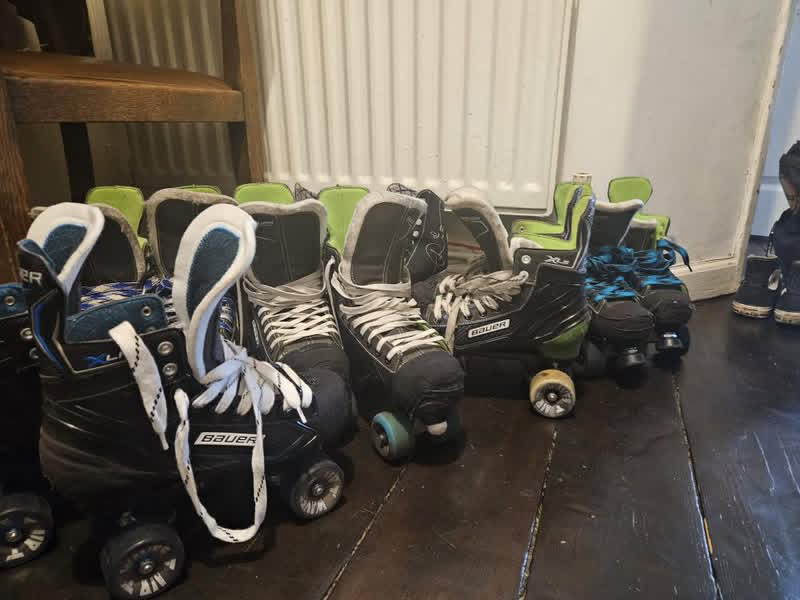
When it comes to street skating, nobody can deny that Bauers [and other long-standing hockey skate brands] are the one! They just do better at holding themselves together through the seasons, and diverse terrains. The boot may require the occasional reapplication of glue around the plate eadge, but that's about it. It’s more likely that the plastic plate gives in long before the boot —but that's easily replaced. If you know —you know!
Bauer Power: The Future of Hockey Skate Conversions
Today, the hockey-skate conversion has cemented itself as a core part of UK skate culture. Boomers who grew up playing roller hockey have passed down their passion for the sport, while Gen X and Millennials have continued to pay it forward. Now, a new wave of skaters—Gen Z and beyond—are coming through with a force to embrace the ways of the old, while adding their interpretation and expression to our sizzling skate culture.
With Bauer conversions leading the way, the future of UK street skating looks fast, fearless, and fully loaded! Whether you're a seasoned boomer skater or a fairly green Gen Z skater, one thing is clear: the hockey skate conversion and in particular — Bauer Power is here to stay.
Kelly
Cranial Osteopath | Wellbeing Coach | Roller Skate Instructor
Want to get yourself some Bauers? Check out the online skate shop of one of our trusted community members HERE.
What’s your experience? Are you rolling on a Bauer setup? Share your experience in the comments!
